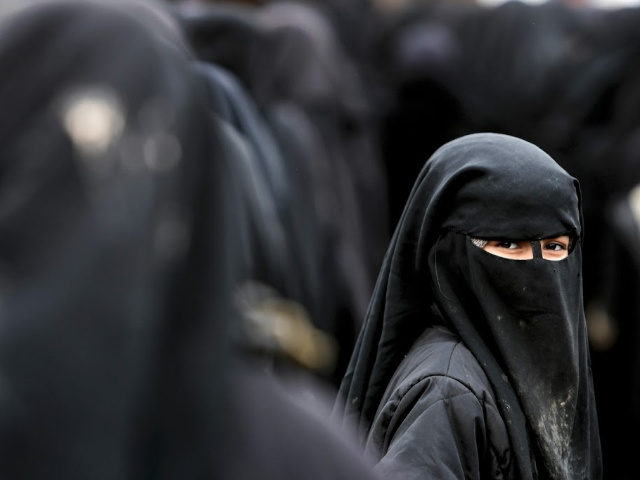The United States and Syrian-Kurdish forces have successfully driven Islamic State (ISIS/ISIL) fighters out of Syria, ending the terrorists’ stronghold in the country that, in 2014, covered 34,000 square miles; however, aid groups and the media are reporting that the almost 80,000 people who lived under ISIS rule for years have now been relocated to a remote camp in northeastern Syria.
The United Nation’s Office for the Coordination of Humanitarian Affairs reported on Monday that the Syria Humanitarian Fund (SHF) has given $4.3 million in U.S. dollars to organizations that are “delivering life-saving assistance to people displaced from the last ISIL-held enclave of Baghouz in south-eastern rural Deir-ez-Zour, to Al-Hol camp, Al-Hasakeh governorate.”
The U.N. reported:
The SHF allocation will allow partners to provide time-critical support to displaced populations, including tents and warm blankets, safe drinking water, personal hygiene items, treatment for malnutrition as well as emergency health care. The funds will also be used to expand the capacity of the camp and make space for additional accommodation areas to be provided. Due to recent large-scale influxes, 19,000 people are currently hosted in large tents and communal areas while they wait for the camp to be expanded.
“These funds will bring immediate relief to the tens of thousands being hosted inside Al-Hol camp, particularly women and children who make up 90 per cent of the camp population”, Corinne Fleischer, a humanitarian coordinator said in the U.N. report. “Many of the most recent (Internally Displaced Persons) IDPs have arrived in extremely poor health, displaying clear signs of distress, fatigue, traumatic injuries as well as malnutrition, which pose a direct threat to survival without a rapid response.”
National Public Radio (NPR) reported on Camp al-Hol, ground zero for the tens of thousands of women and their children from around the world, who once lived with ISIS soldiers in Syria.
That population includes thousands of Iraqis, according to NPR.
“The Iraqi government plans to repatriate the roughly 30,000 Iraqis in this camp,” NPR reported. “But there are people whose governments won’t take them back. In addition to Iraqis, camp officials say there are almost 10,000 foreigners here from 53 countries.”
Scott Simon, NPR’s Weekend Edition Saturday host, put a positive spin on the population, saying “believers flocked from all over the world to the self-declared Islamic caliphate.”
But the reality inside the ISIS territory in Syria and Iraq was anything but about religious motivations, according to a CNN fact sheet:
In 2015, ISIS was believed to be holding 3,500 people as slaves, according to a United Nations report. Most of the enslaved were women and children from the Yazidi community, but some were from other ethnic and religious minority communities.
ISIS’s revenue comes from oil production and smuggling, taxes, ransoms from kidnappings, selling stolen artifacts, extortion and controlling crops.
According to the NPR report, many living in the camp are still loyal to ISIS.
Follow Penny Starr on Twitter.

COMMENTS
Please let us know if you're having issues with commenting.